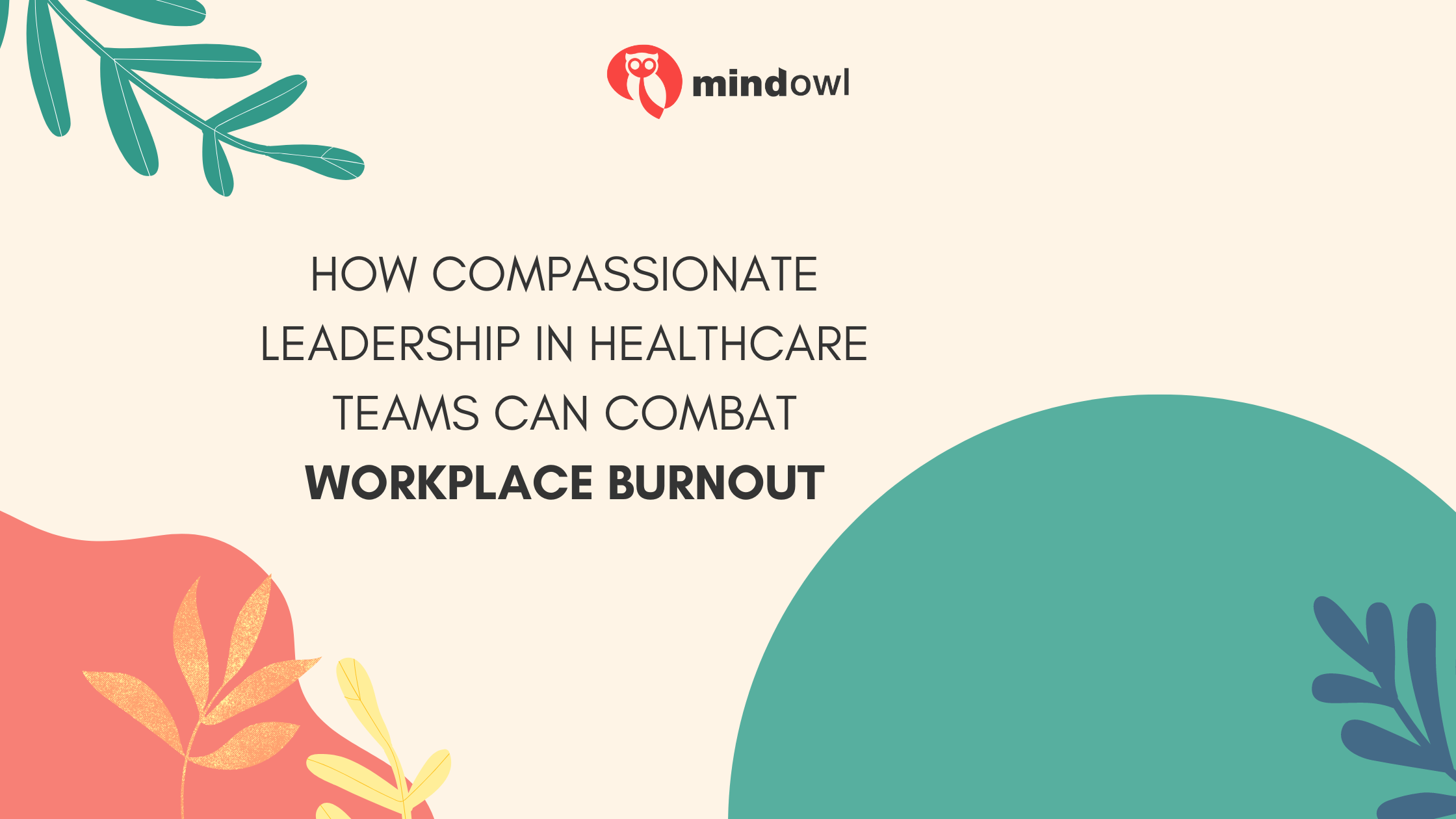In the high-pressure environment of healthcare, where the stakes are often life and death, the emotional toll on healthcare professionals can be immense. This should not be news to anyone in the industry, especially post COVID. The medical industry was powerfully affected by the intensity of trails during those trying times. As a result of heightened numbers of workers leaving the field, a growing body of research began to collectively highlight this troubling trend: healthcare workers can experience high rates of burnout.
The task of combating workplace burnout in healthcare is a multifaceted challenge that requires multiple approaches that come from a general, communicative perspective— directly proportional to the team and environment— as well as an individual approach. Being that every person is going to respond slightly differently to stress, so will the development and manifestation of symptoms.
Therefore, effective recognition and counteraction of such stressors requires an honest and detailed look into the nuances of medical professionals’ daily lives and work routines. This compassionate leadership approach isn’t merely a management style, it’s a commitment to continuously fostering a supportive culture where any team can thrive, no matter the healthcare career, rather than be dragged down by ineffective systems and policies. By recognizing the human elements of healthcare and investing in leadership that prioritizes compassion, organizations can create a resilient workforce that not only enhances employee well-being but also leads to better patient outcomes.
The challenge of navigating and implementing effective healthcare in these technologically advanced and sometimes unpredictable social times means that a compassionate leadership style is vital to maintaining the health and wellness of medical professionals. Setting a path toward a healthier, more sustainable future for both healthcare professionals and patients alike means taking the initiative and implementing any number of administrative techniques.
The following are just a few of the approaches and ideas that might be enacted to accomplish this noble and necessary goal.
Understanding Workplace Burnout
The World Health Organization recognizes burnout as an occupational phenomenon characterized by feelings and symptoms such as energy depletion, increased mental distance from one’s job, and reduced professional efficacy to name a few. Burnout can manifest through a variety of symptoms, including chronic fatigue, disengagement, irritability, and feelings of incompetence. In healthcare, burnout can have dire consequences—not only for employees’ well-being but also for patient care and organizational efficiency.
Despite these challenges, many professionals love nursing. In a field where empathy and clear communication are critical, addressing burnout needs to be an important factor for healthcare organizations.

The Role of Compassionate Leadership
Compassionate leadership involves more than just empathy, it requires a framework of supportive practices that prioritize the emotional and mental well-being of team members. Here are several key components of compassionate leadership in healthcare:
Active Listening
Leaders who engage in active listening create an environment where team members feel heard and valued. This practice can break down barriers and foster trust, enabling staff to share their concerns and stressors without fear of judgment. Without it, feelings of bitterness, frustration, and confusion can quickly lead to added stress— something easily avoided through good communication.
Emotional Intelligence
Understanding one’s own emotions and those of team members is crucial in a healthcare environment. Leaders who demonstrate emotional intelligence can better navigate the complexities of team dynamics, ensuring that employees feel supported during stressful times, but this takes time and practice. Additionally, it is not just enough for leaders to practice this, teams and departments need to maintain this as well.
Promoting Work-Life Balance
Compassionate leaders recognize the importance of balance and avoid overburdening their team members with excessive workloads. Encouraging breaks, flexible scheduling, and time off can mitigate burnout’s impact and promote a healthier work-life dynamic. Without it workers will quickly find themselves drained unnecessarily.
Fostering a Supportive Culture
A culture that values openness and support can empower team members to share their experiences and seek help when needed. Initiatives such as peer support programs can enhance collaboration and mental well-being.
Recognition and Appreciation
Recognizing and celebrating the hard work of healthcare professionals can go a long way in improving morale. Simple gestures of appreciation can help employees feel valued and motivated, reducing the sense of anonymity that often accompanies burnout.
Practical Strategies for Implementation
To implement compassionate leadership effectively, healthcare organizations should consider the following strategies:
- Feedback Mechanisms: Establishing channels for feedback—such as anonymous surveys or focus groups—can help leaders understand the needs and challenges faced by their teams, allow workers to feel heard, and create a safe space in which they can share honest feedback.
- Wellness Programs: Integrating wellness initiatives into the organizational culture can provide team members with the resources they need to combat stress and enhance their overall well-being.
- Peer Support Initiatives: Creating programs that encourage peer-to-peer support can often fill the gap left by traditional leadership. When team members can relate to each other’s struggles, they may feel more comfortable sharing their experiences.
MindOwl Founder – My own struggles in life have led me to this path of understanding the human condition. I graduated with a bachelor’s degree in philosophy before completing a master’s degree in psychology at Regent’s University London. I then completed a postgraduate diploma in philosophical counselling before being trained in ACT (Acceptance and commitment therapy).
I’ve spent the last eight years studying the encounter of meditative practices with modern psychology.

